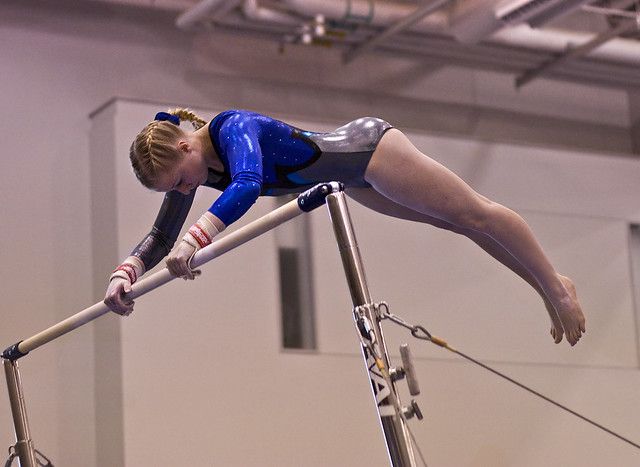In static subjects and slow moving basic tracking (birds in flight on a sunny day) no it's not much better, but the 3D tracking, group AF, face detection (and at close distances even eye detection) is leaps and bounds better, and is much better in low light. Most of that is due to the metering sensor going from 2k pixels to 180k pixels and Expeed 5 coupling it to the AF sensors - basically, it uses the AF sensors of a high end DSLR with the tracking systems of a mirrorless camera. I went with the rented approach to try it out so I only had a few days, but there was no question it was better than my D7200. The more important upgrade though is that in raw, the D7200 is only a 5 FPS camera - barely better than the 4 FPS D5100. The D7500 is an 8 FPS camera, the same as the 7D and D300s, with a much deeper buffer and card offload. Even in 14 bit lossless compressed raw, you can expect to get 8 seconds at 8 FPS, about double that (in time) of the D7200 doing only 5 FPS. The AutoISO program is also improved significantly, so that it's really fully usable with sports - set your shutter and aperture and the camera handles the ISO for proper exposure, and that flicker reduction is a Godsend under gym lights.
I'm not saying that the D7200 is bad - it isn't, it's a fantastic camera that I'd recommend in a heartbeat if it were the right one for someone, but for sports and continuous shooting, the AF improvements, deeper buffer, and other small tweaks make the D7500 leaps and bounds better.
As for the battery grip, I do own and sometimes use one. The D7200, D7500, and D500 are all much taller cameras than your D5100, and so the first two don't really require it for ergonomics unless you have really big hands, and the D500 doesn't require it even then (it's a big body). The EN-EL15 battery also has twice the capacity of the EN-EL14 you're used to, which will be a big help as well. Don't skimp out and get third party batteries though - they don't last nearly as long as genuine Nikon ones if you're shooting continuously. If you live near a
Best Buy, they frequently have D7500's that you can pick up and see how big they are, but coming from a D5100 it's not a contest which is nicer to pick up and hold, because they're all so much better.
Lastly, the lens ... you can get a Nikon 24-70, but unless you're planning on getting a full frame DSLR in the next year or two, I'd skip it. And I wouldn't recommend getting a full frame DSLR after that - by then you should be looking at a Z6 or similar, and the Nikon 24-70 adapts poorly to mirrorless systems, even Nikon's own. Even used they're expensive, and really not appropriately sized on a DX body, and honestly their acuity wide open on DX just isn't that good. Plus, if you sell your kit lens (which you'll get about nothing for) you don't have any wide angle at all, only getting to a 35mm equivalent. If you want a faster midrange, as much as I don't like third party lenses normally, the Sigma 17-50 f/2.8 is a better choice, and going for 1/3 of the price new of the lowest used 24-70 f/2.8G. If you really feel that the 50-70mm range is important to your shooting though (it isn't for me as it isn't a very big gap), the Nikkor 16-80 f/2.8-4 is a much better choice and available refurbished or as a kit lens with the D7500 for about $600. It's a stop slower at the long end, but a heck of a lot sharper and the rendering is much better using the new Nikkor design philosophies, and it's still faster than your kit lens. And if you want fast low light lenses for high shutter speeds, the 50 f/1.8 or 85 f/1.8 are absolute speed demons for indoor sports at very affordable prices. You could get the 16-80 and a prime and still come in for significantly less money than the 24-70 is used. Oh, and the 16-80 adapts just fine to Nikon's mirrorless bodies, aside from being a DX lens (I'm crossing my fingers that we get a DX mirrorless camera!)

 )
)
 Untitled
Untitled Untitled
Untitled . It appeared that my autofocus had trouble due to the subject and background not having a lot of contrast and low light.
. It appeared that my autofocus had trouble due to the subject and background not having a lot of contrast and low light. Untitled
Untitled